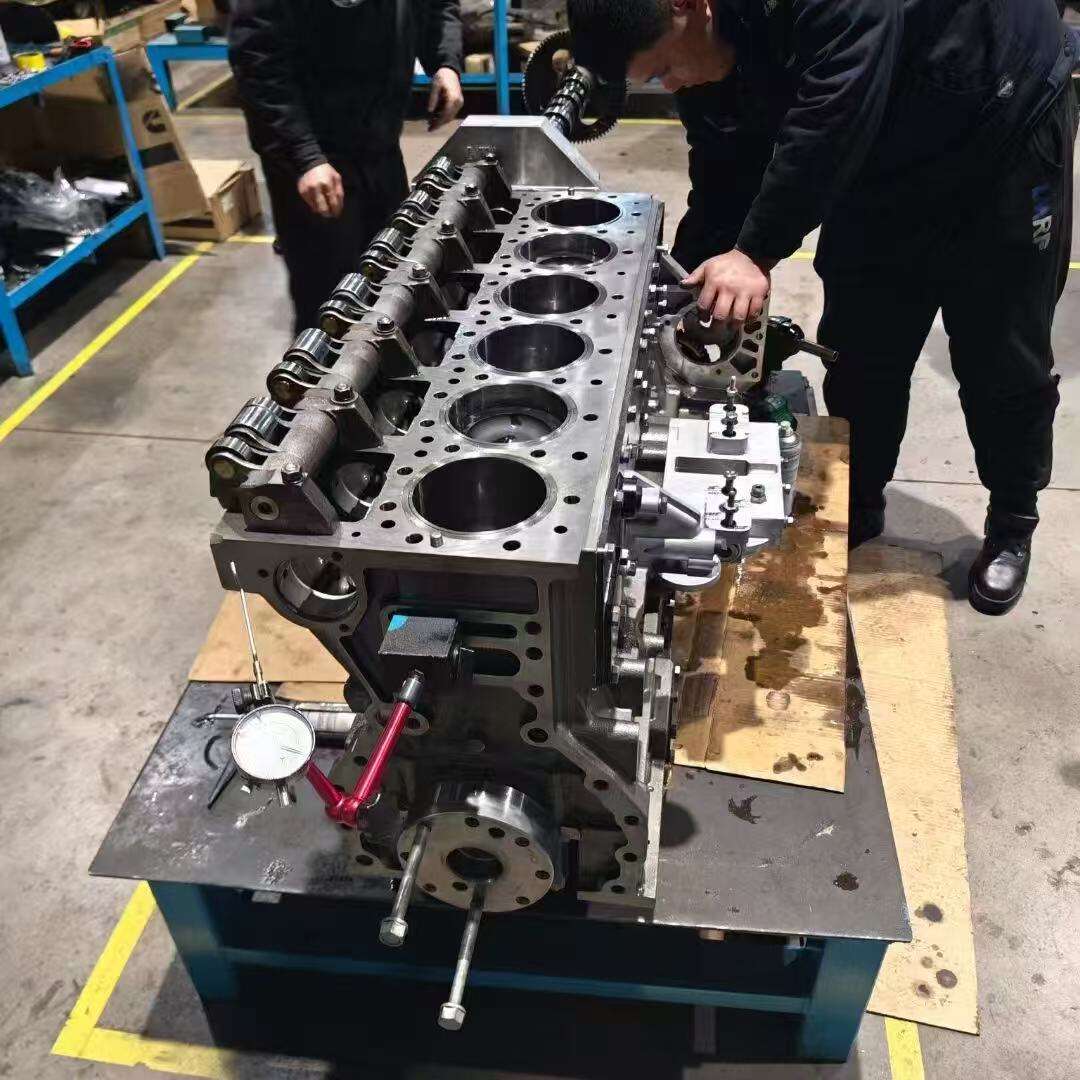high quality remanufactured engine
A high quality remanufactured engine represents a meticulously restored power unit that undergoes comprehensive rebuilding to meet or exceed original manufacturer specifications. These engines are completely disassembled, thoroughly cleaned, and carefully inspected for wear and damage. Each component is either restored to optimal working condition or replaced with new parts. The process includes updating critical components with modern materials and technologies, ensuring enhanced performance and reliability. These engines feature precisely machined cylinder walls, new pistons, rings, bearings, and timing components. The cylinder heads are thoroughly reconditioned with new valves, springs, and guides as needed. The crankshaft is reground or replaced, and new gaskets and seals are installed throughout. Advanced testing equipment validates the engine's compression, oil pressure, and overall performance before it leaves the facility. These remanufactured engines incorporate the latest engineering improvements and updates, often resulting in better performance than the original unit. They're particularly valuable for vintage vehicles, commercial fleets, and situations where a complete engine replacement is necessary but a new engine isn't practical or cost-effective.


